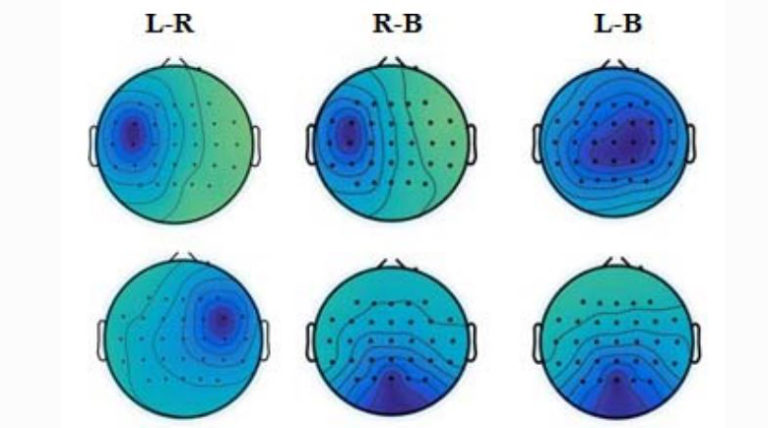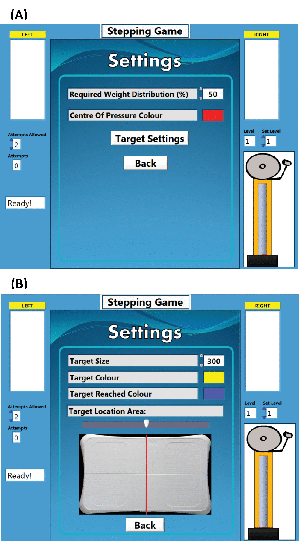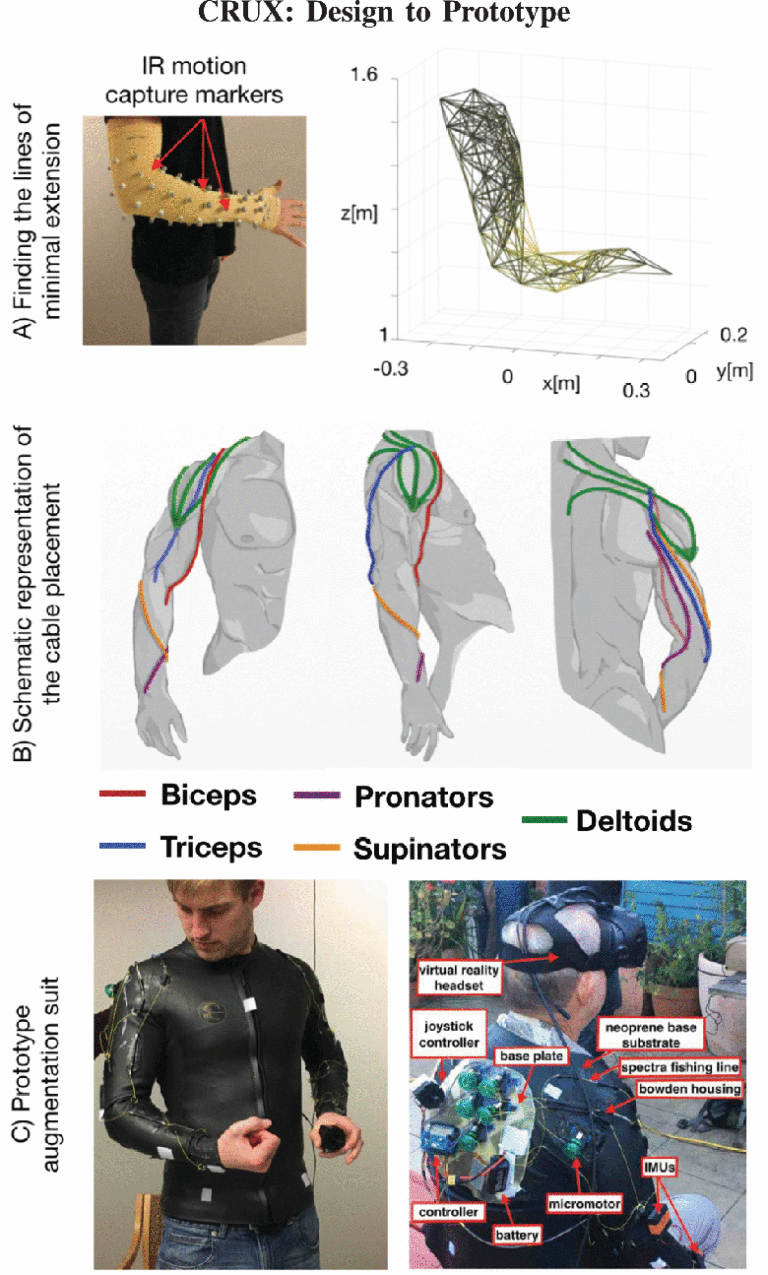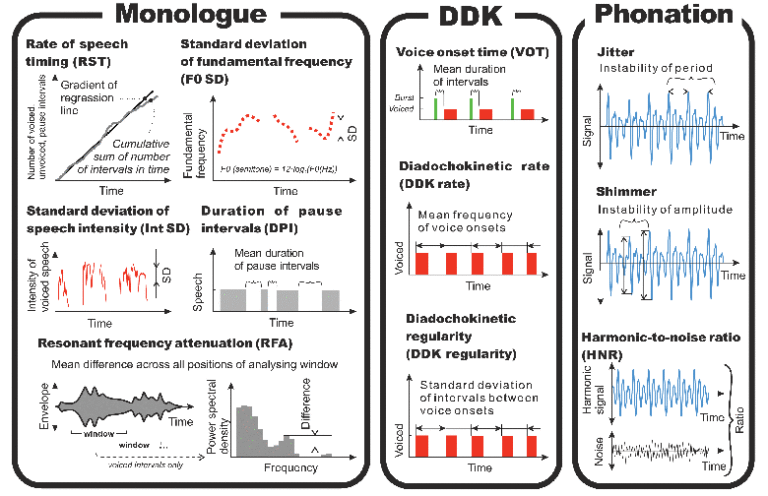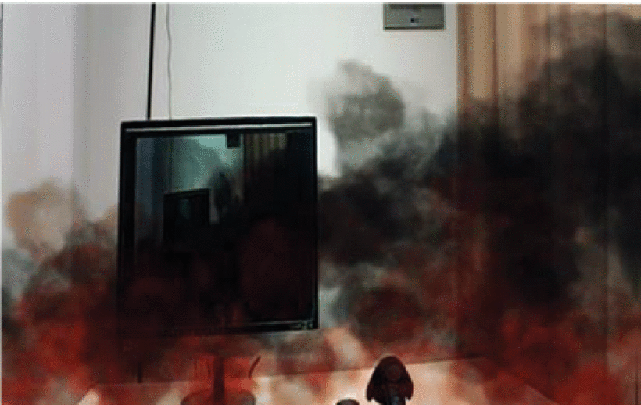Abstract:Stroke is the leading cause of disability among adults in the United States. Behaviors such as learned nonuse hinder hemiplegic stroke survivors from the full use of both arms in…
read moreBimanual movements are an integral part of everyday activities and are often included in rehabilitation therapies. Yet electroencephalography (EEG) based assistive and rehabilitative brain computer interface (BCI) systems typically…
read morePain caused by a lesion or a disease affecting the somatosensory nervous system is known as Neuropathic pain. It has been shown that neuropathic pain can be treated with the…
read moreHemiparetic stroke patients can have several muscular and postural disorders which compromise their balance. Serious Games (SG) emerged as a new approach to enhance conventional treatment by making it a…
read moreDecline in balance control is an issue for older adults as it leads to an increased risk of falling which may result in serious injury. Mitigating this risk may…
read moreFor stroke survivors and many other people with upper-extremity impairment, daily life can be difficult without properly functioning arms. Some modern physical therapy exercises focus on rehabilitating people with…
read moreAlthough smartphone technology provides new opportunities for the recording of speech samples in everyday life, its ability to capture prodromal speech impairment in persons with a high risk of…
read moreTo explore the effects of virtual reality (VR) and augmented reality (AR) in the treatment of claustrophobia, the potential effects of VR and AR on induced anxiety were investigated…
read more

